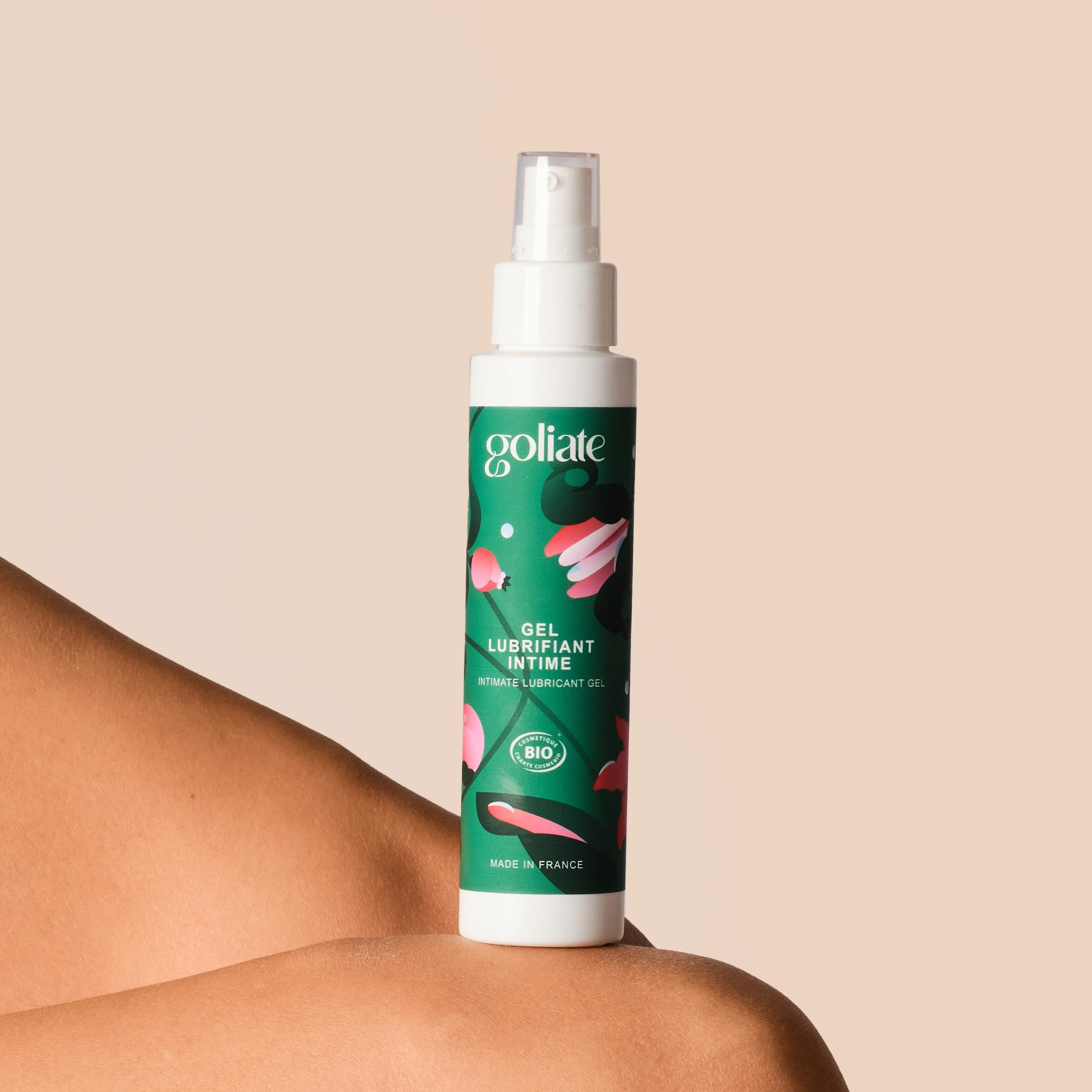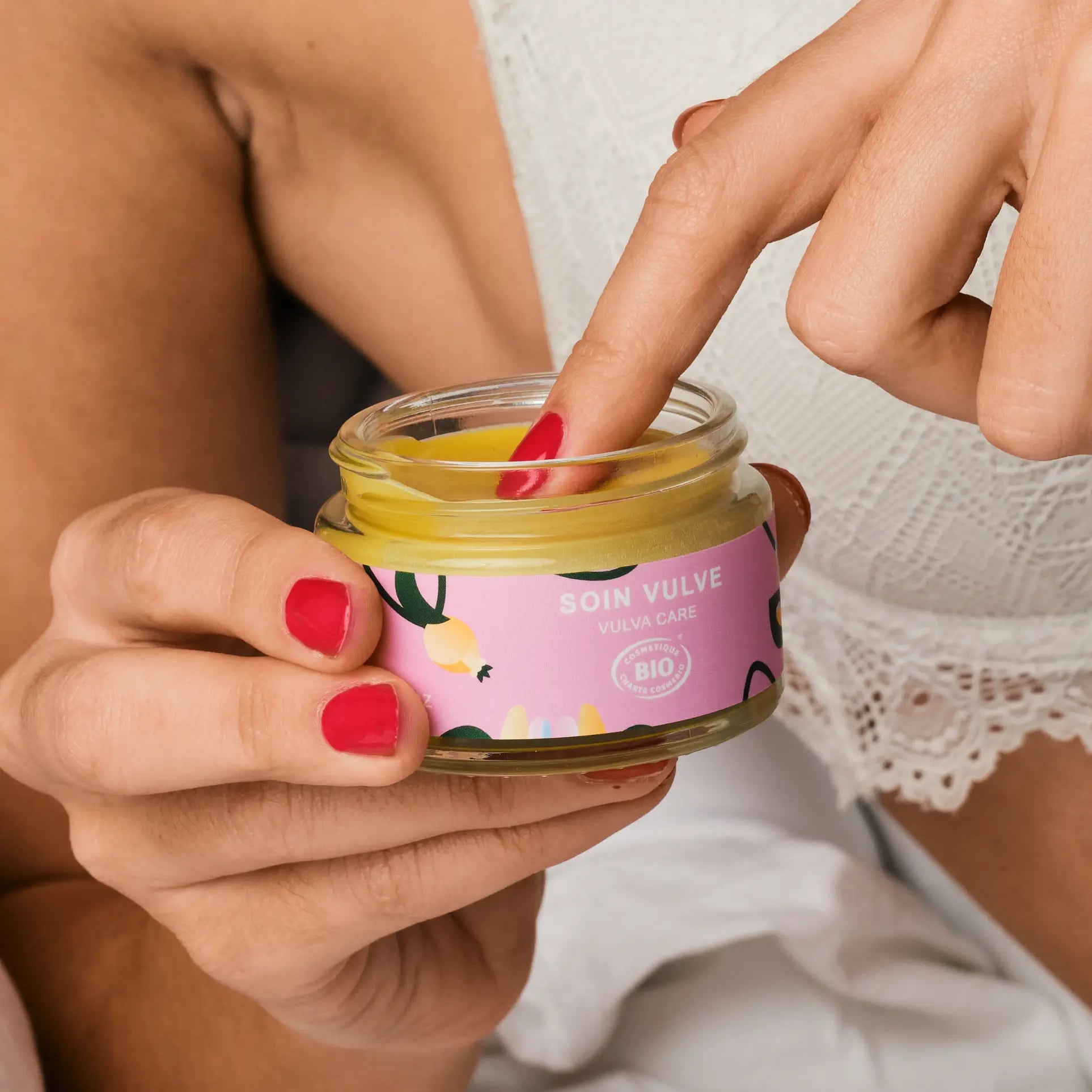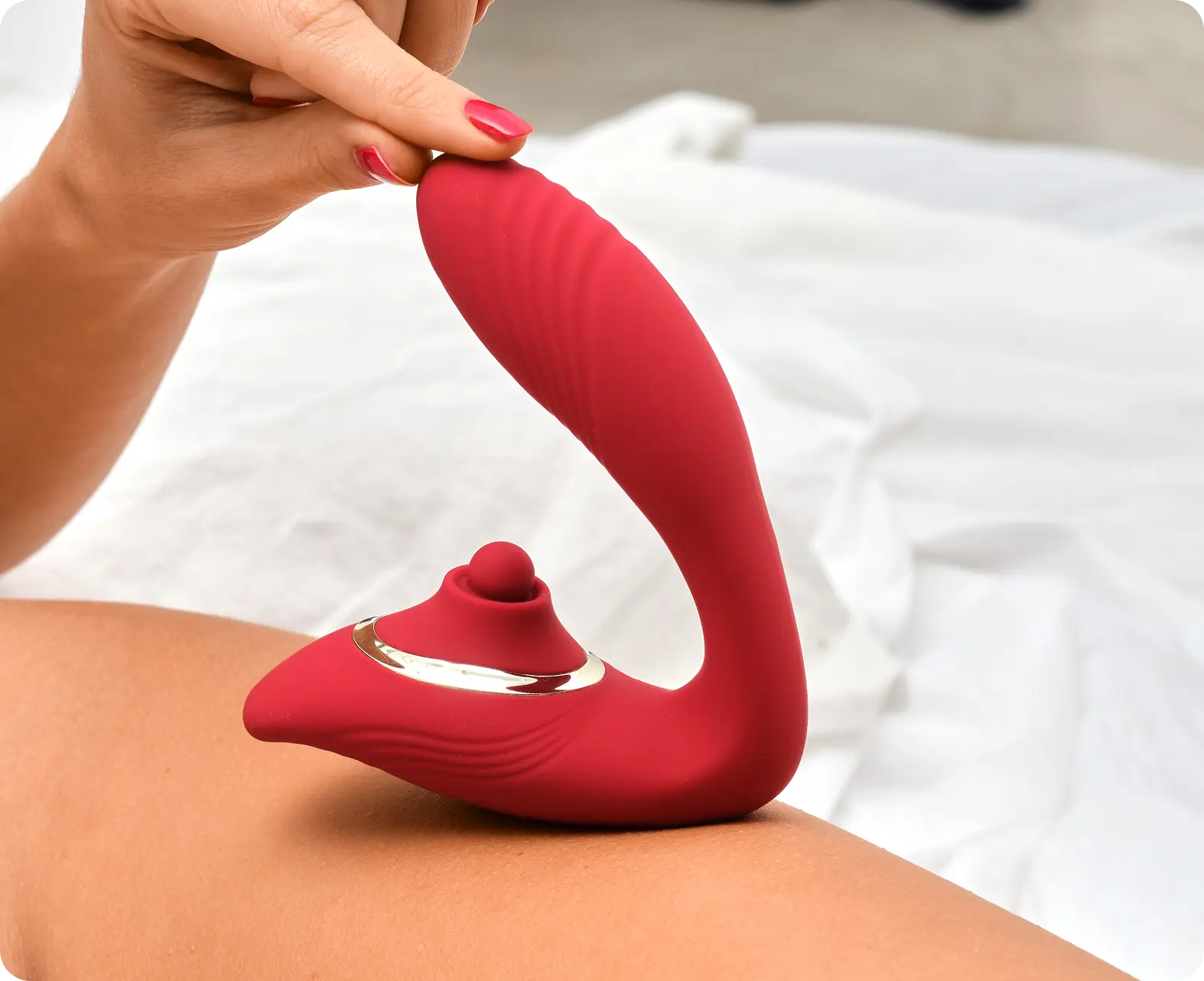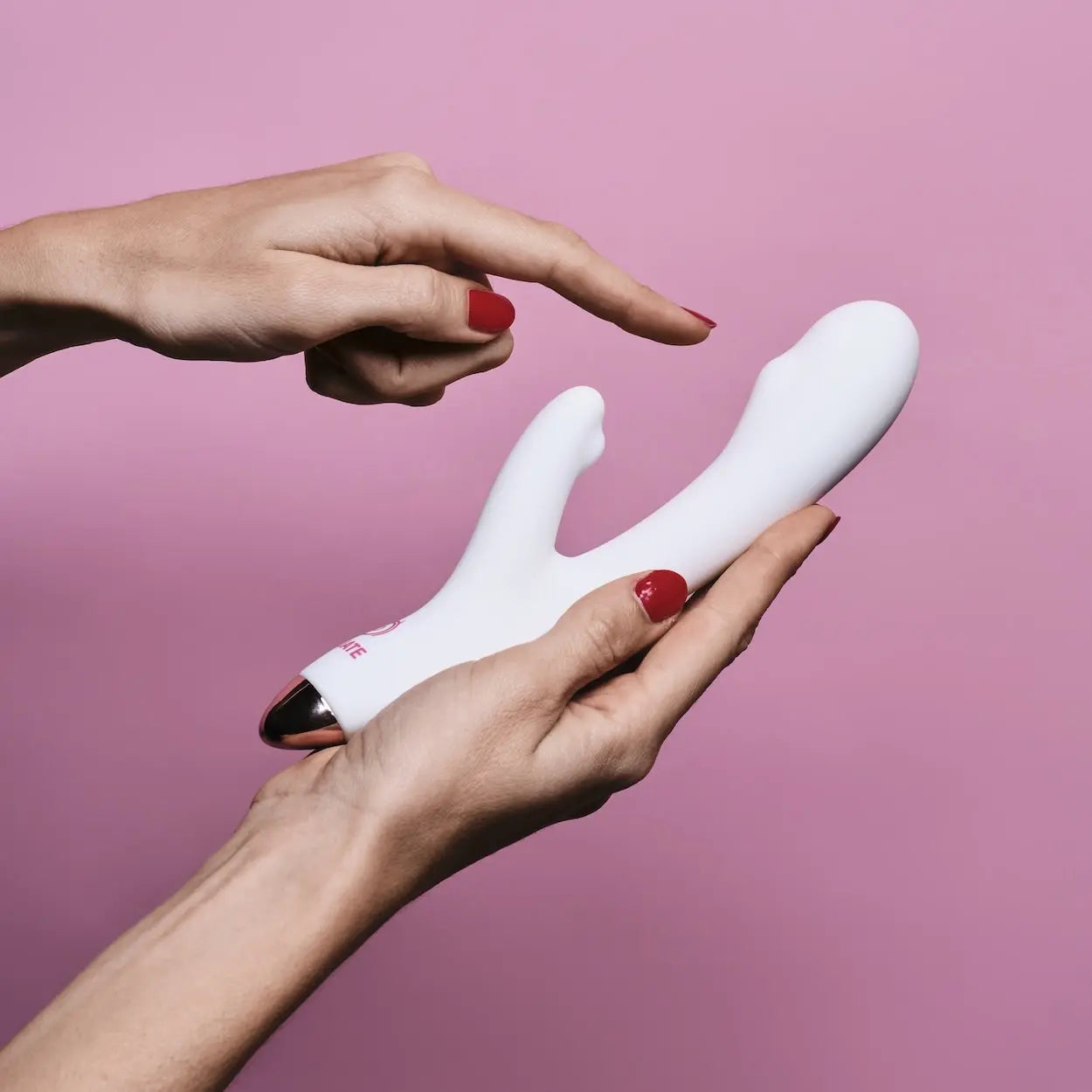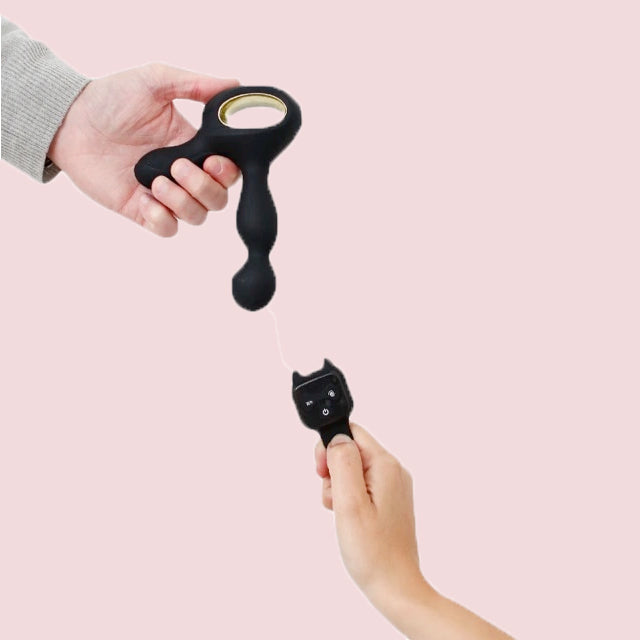In any relationship, sexual harmony plays a crucial role in the overall well-being of both partners. However, it's not uncommon for sexual desires to diverge at times, which can create tension and misunderstandings. How, then, can you effectively manage differences in libido to maintain a fulfilling relationship ? This article explores practical and respectful strategies for addressing these differences without stigma or frustration.
Understanding Libido Differences
Origins of the differences
The origins of differences in libido between partners can be extremely varied , reflecting the complexity of human sexuality. On a biological level , factors such as hormone levels, general health, and medications can play a significant role. For example, hormones such as testosterone have a direct impact on sexual desire, and variations in these levels can lead to changes in libido.
Psychologically , factors such as mental health, stress, and personal history also influence sexual desire. Depression, anxiety, and even fatigue from a busy lifestyle can significantly reduce libido. Additionally, past experiences such as trauma or sexual education can shape how individuals experience and express their sexuality.
Contextually, the dynamics of the relationship itself are decisive. Unresolved conflicts, a lack of communication, or even the monotony of daily routines can diminish sexual attraction between partners. On the other hand, periods of major change, such as parenthood or career transitions , can also significantly influence sexual desires.
Understanding these origins not only helps demystify the causes of libido differences but also encourages a more empathetic and personalized approach to managing these differences within the couple. By recognizing and addressing these underlying factors, partners can work together to find a balance that respects each other's needs.
Myths and Realities
Understanding libido differences in relationships is often clouded by myths and misunderstandings that can create unrealistic expectations and unnecessary pressure on partners. A common myth is the idea that compatible partners should naturally have synchronized libidos. In reality, it's normal for desires to fluctuate and not always be aligned . This doesn't necessarily indicate incompatibility or a relationship problem.
Another persistent myth is that a high libido is synonymous with virility or feminine health, while a low libido is often seen as a flaw or deficiency. This type of stereotype can lead to unnecessary shame and prevent those affected from speaking openly about their true feelings and needs. The reality is that libido is influenced by a multitude of factors and varies greatly from person to person.
It is also commonly assumed that libido should always be spontaneous and irrepressible. In truth, many individuals experience what is called a reactive libido , where sexual desire only arises in response to an erotic stimulus rather than beforehand. Recognizing these diverse ways of experiencing sexuality can help partners better understand and respond to each other's needs without judgment.
Effective communication
Expressing your needs and desires
Communication is the cornerstone of resolving any relationship differences, including libido imbalances. It's crucial to create a space where everyone feels safe to express their needs , concerns, and expectations without judgment. Partners must practice empathic listening to understand each other's perspective and needs without feeling threatened or rejected.
Planning vs. Spontaneity
Discussing the frequency of sex can help balance everyone's needs. For some, scheduling intimate moments can help build positive anticipation and manage expectations, with a tender, gentle approach like vanilla sex , while for others, maintaining an element of spontaneity is crucial. Finding the right balance is key.
Pragmatic solutions
Innovation and exploration
Innovating your sexual experience can help meet the needs of partners with different libidos. Exploring new forms of intimacy—whether massage, lingering kisses, or even erotic play—can enrich the sexual experience without requiring high desire on either side. Why not try couples porn or audio porn? A gentler way to pleasure each other, together.
Professional support
When differences in libido cause significant tension, consulting a therapist specializing in sexology may be an option. This professional can offer personalized strategies and help explore the psychological or relational roots of these differences. Don't hesitate to take part in our "Pleasure Guide," which will give you access to a free initial appointment with a sex therapist.
Taking care of the relationship
Nurturing the relationship outside the bedroom
The sexual health of a relationship is often a reflection of its overall health. Therefore, it is important to nurture the relationship in its other dimensions: spending quality time together , sharing enjoyable activities, and supporting each other through daily challenges.
Importance of autonomy
Recognizing and respecting each other's autonomy when it comes to desire can also relieve a lot of pressure. Understanding that each partner is an individual with their own rhythms and needs can transform how we approach the issue of libido.
Differences in libido aren't insurmountable. With communication, understanding, and a commitment to working together, it's possible to manage these differences in ways that strengthen the relationship rather than weaken it. It takes patience, openness, and sometimes a little creativity, but the rewards—a stronger, more intimate relationship—are worth it.
The Importance of Individual Masturbation in a Couple's Relationship
Grant yourself personal space
Individual masturbation , even when you're a couple, plays a crucial role in personal sexual health. It allows each partner to stay in touch with their own desires and better understand their body and its reactions . This can, therefore, enrich the shared sexual experience, providing knowledge and practices that can be shared and discussed with the partner. Softer, intimate caresses can also be a good approach.
Reduce sexual pressure
Masturbation can also help balance differences in libido within a couple. For the partner with a higher libido, it provides an outlet for their sexual needs without putting pressure on the other. This helps maintain harmony in the relationship, reducing any frustrations or feelings of rejection that might arise.
Building confidence and independence
Masturbating as a couple can also build self-confidence and independence. It demonstrates openness and maturity in the relationship , where both partners recognize that their sexual satisfaction can also be personal and not exclusively shared. This act can help build a climate of trust where everyone feels free to explore their sexuality without judgment.
Promoting dialogue around pleasure
Finally, accepting and encouraging masturbation in a relationship can foster an open dialogue about pleasure and sexual preferences. This can open up discussions about what each partner enjoys or is discovering about themselves, enriching their shared sex life with new ideas and experiences.
Encouraging masturbation as a healthy component of individual sexual identity and relationship well-being can transform how partners view intimacy and desire, cultivating a more fulfilling and inclusive approach to sexuality.
Integration of sex accessories and intimate gels
Diversify the intimate experience
Introducing sex toys or intimate cosmetics can play a significant role in managing differences in libido. Sex toys, for example, can offer new sensations and experiences that rekindle sexual interest and break the routine. They allow you to discover new facets of pleasure together, facilitating more frequent and satisfying moments of intimacy. With a wide and comprehensive selection, it will be easy to find the sex toy that best meets your expectations.
Stimulating gels , massage oils and other natural and organic lubricants add an enriching sensory dimension that can make intercourse more exciting and less predictable, allowing the couple to rediscover each other in new ways.
Explore without pressure
These tools can also help maintain physical intimacy during times when one partner is experiencing less sexual desire. For example, using a sex toy can satisfy the higher-libido partner's need for closeness without putting pressure on the other to fully engage in sexual interaction. Massage oils and gels can be used for moments of relaxation and tenderness, increasing emotional and physical intimacy without focusing solely on the sexual act.
Alternatively, why not try a remote-controlled sex toy to spice up your outings ? This will break your routine and can lead to a newfound connection and connection.
Additional tips for managing libido differences
Mutual sex education
Sometimes, a limited understanding of sexuality can limit the expression of desires. Taking the time to educate each other about the various dimensions of sexuality can open new avenues of communication and pleasure. Reading books about sexuality together, watching educational videos such as our comprehensive 18-module video training course entitled "Guide to Pleasure," or even attending workshops can enrich your mutual experience.
Maintain a positive atmosphere
It's crucial to maintain a positive and supportive attitude toward sex in your relationship. Avoiding negative criticism and instead encouraging small steps forward can create a healthier dynamic. Celebrate moments of connection, even if they're small or different from what you had in mind.
Define common goals
Discuss what each partner wants to achieve in the sexual relationship. Whether it's increasing the frequency of sex, sharing new forms of pleasure, or simply improving the quality of your intimacy, having clear goals can guide your joint efforts.
Consider alternatives for satisfaction
It's important to recognize that relationship satisfaction doesn't come from sex alone. Finding other sources of pleasure and satisfaction in your relationship can help reduce the pressure around sex and strengthen other aspects of your partnership.
Navigating the sometimes murky waters of libido differences requires empathy, respect, and a willingness to adapt and experiment . By using tools like sex toys and intimate cosmetics, educating each other about sexuality, and maintaining open and positive communication, couples can overcome these challenges.
This can not only improve their sex life, but also strengthen their relationship as a whole, building a deeper understanding and mutual respect between partners.
With the right mix of patience, innovation, and commitment, the difference in libido can become an opportunity for growth and renewal for the couple.

